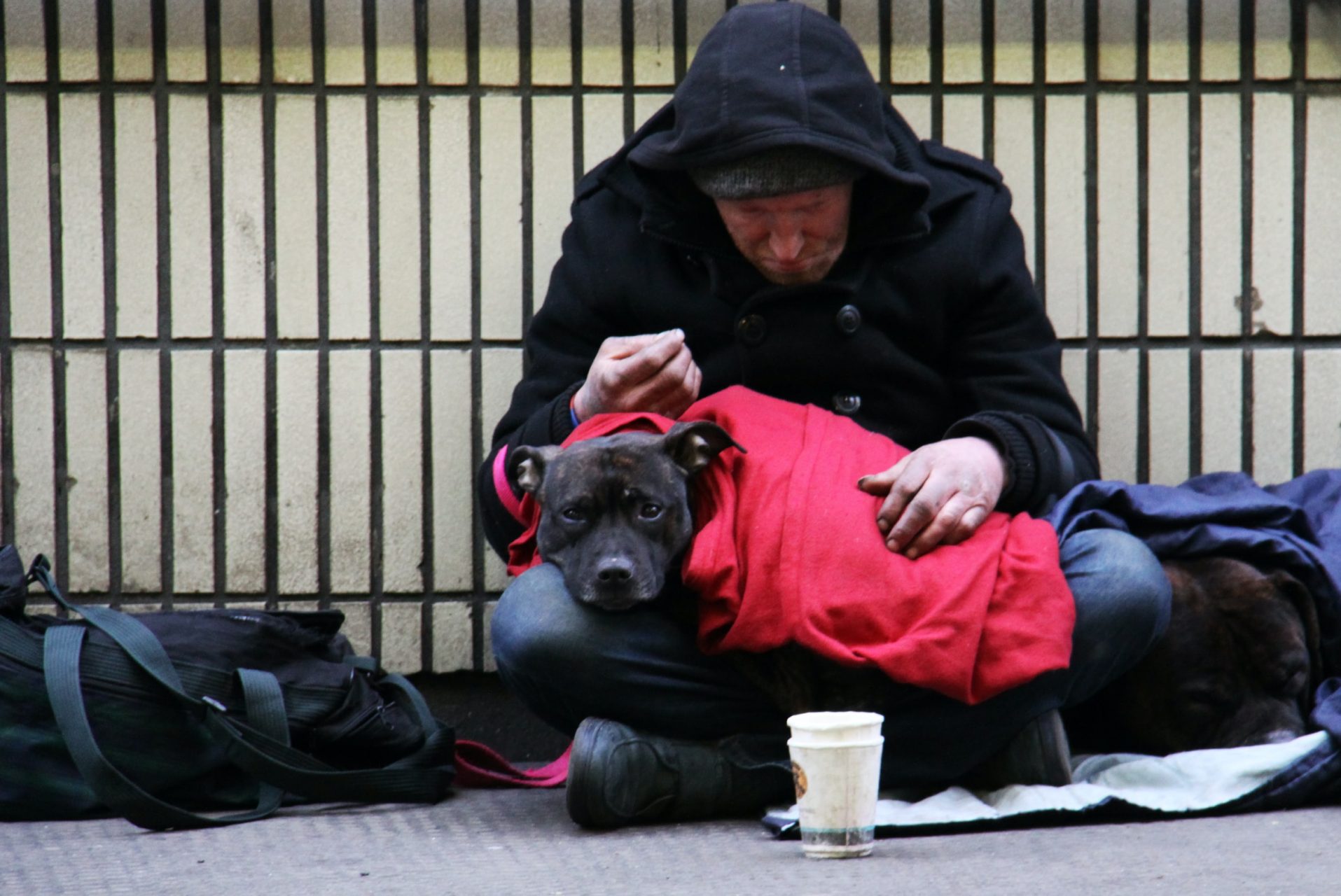The Office for National Statistics (ONS) recently published a report which states that rough sleeping in the UK has seen a drastic reduction in 2020 compared to previous years. SSPSSR Postdoctoral Research Associate Dr Carin Tunåker, comments on these figures and how they demonstrate what can be achieved with the right support. She said:
‘These figures do not give a realistic picture of the state of housing, social care, or of the reality of homelessness. What they do demonstrate is that when pushed, the UK Government is capable of reducing rough sleeping by housing those in need, which is what they did during the Covid-19 pandemic in 2020.
‘There are many reasons for why we need to be sceptical of the statistics presented in the report, and here are three of them:
- As aptly pointed out within the report, it is notoriously challenging to count rough sleepers, and the statistics are likely to not be true to the depth of the problem. Add to this that disadvantaged groups such as those with disabilities, LGBTQ+ individuals and BAME individuals are at greater risk when rough sleeping, which incentivises them to be as invisible as possible. So not only are the figures likely to be much higher, they are also likely to be unrepresentative of diversity within the rough sleeping population.
- A lot of those housed during 2020 were temporarily housed due to the pandemic, and without further support are likely to face homelessness and rough sleeping again. Without support, those housed temporarily are unlikely to be able to sustain tenancies. They will then be entering an increasingly volatile and discriminating housing market, where people claiming benefits, young people, pet owners and those without a previous address are unlikely to find accommodation.
- Although there are positive policy developments and funding has been poured into the prevention of rough sleeping, there has been a simultaneous decline in funding for social care. In order to prevent rough sleeping, we need to play ‘the long game’ and look at what provisions and services should be in place in order to prevent rough sleeping, and what is needed across sectors to prevent those who have been housed from losing that accommodation. This includes appropriate health and social care for those experiencing multiple and intersecting disadvantages.
‘Let’s not celebrate the statistics that show that rough sleeping has reduced temporarily. Instead, let’s learn from the pandemic that housing someone who is rough sleeping may give them a chance, with the right support, to stay in their accommodation. Initiatives such as Housing First as well as ensuring funding is in place for social care is a start, but none of it will work in isolation.’
Dr Tunåker’s research focuses on informing policy and practice to improve the lives of LGBTQ youth in Kent. She is actively involved in the charitable sector where she worked with youth homelessness for 10 years, most recently as manager for supported accommodation in South East Kent with Porchlight. She is currently acting as advisor for Porchlight’s ‘Be You Project’ for LGBTQ young people, a service that Carin set up with Porchlight in response to the research she carried out for her doctorate degree.

